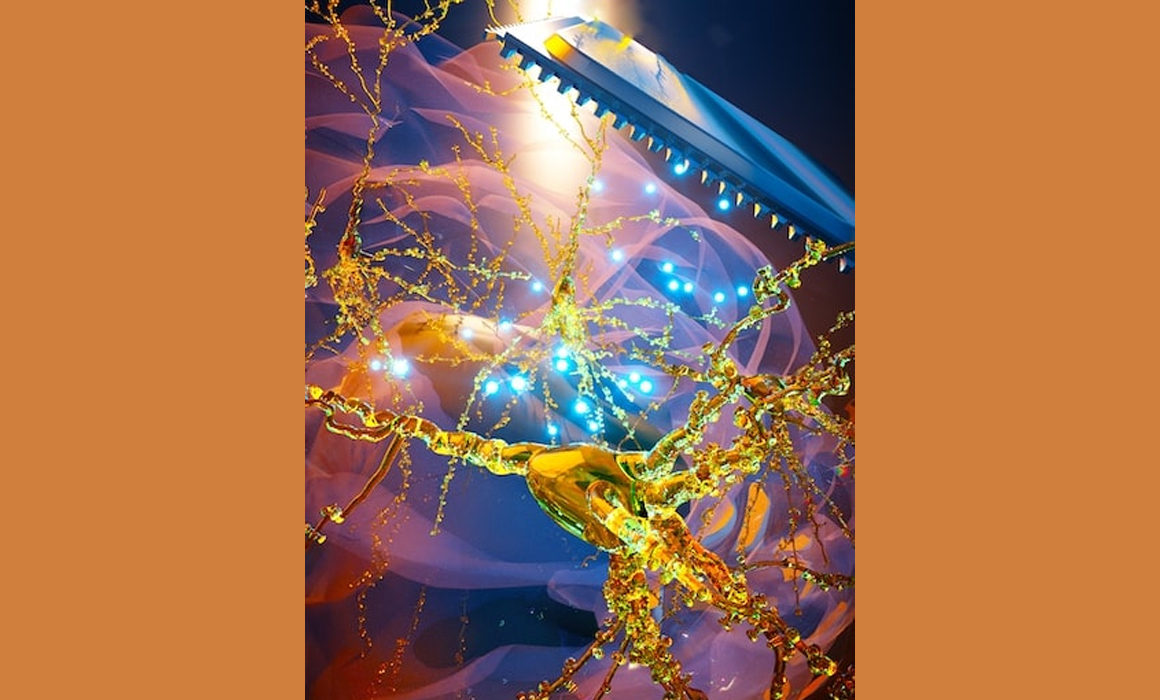It’s been called the “21st century plague,” a “gray epidemic” attacking our loved ones.
It’s Alzheimer’s disease, the most common form of dementia, and its prevalence is growing as life expectancies are increasing.
The Gray Epidemic
We understand the major cause of Alzheimer’s: an accumulation of the protein amyloid beta (A?) in brain tissues. The excess amyloid beta protein kills neurons, or nerve cells, in the brain.
The result includes memory loss, speech impairments, orientation problems, and significant impairment of motor functions.
But for a disease that is devastatingly common — more than 30% of people over the age of 85 will develop Alzheimer’s disease — a way of stopping the growth of Alzheimer’s has been out of reach for decades. Until Technion researchers stepped in.
New hope for Alzheimer’s patients
Professor Ester Segal and Ph.D. student Michal Rosenberg of the Technion Faculty of Biotechnology and Food Engineering, along with their partners at Bar Ilan University, have developed a new technology to inhibit the development of Alzheimer’s disease.
They knew a protein called neural growth factor could prevent Alzheimer’s from attacking neurons in the brain. The challenge was how to get neural growth factor to affected areas of the brain. The brain rests beneath the blood-brain barrier (BBB), which protects the central nervous system (including the brain) from being infiltrated by bacteria and harmful substances from the blood. It also, unfortunately, prevents drugs that could treat Alzheimer’s from flowing from the bloodstream to the brain.
Enter nanoscale silicon chips
Technion researchers, alongside their partners at Bar Ilan University, discovered an innovative solution to this challenge: silicon chips with a nanoscale porous structure that can be loaded with large amounts of protein and inserted directly into the brain, bypassing the BBB altogether.
The chips, developed in Prof. Segal’s lab at the Technion, are designed to retain the neural growth factor protein in its optimal form and release the protein into the brain gradually over a month. Afterwards, the chip safely dissolves into the brain.
In lab tests, the gradual release of neural growth factor protein via chip has rescued nerve cells damaged by Alzheimer’s disease. This opens up the potential for reversing the destructive impact of Alzheimer’s and other neurodegenerative diseases.


